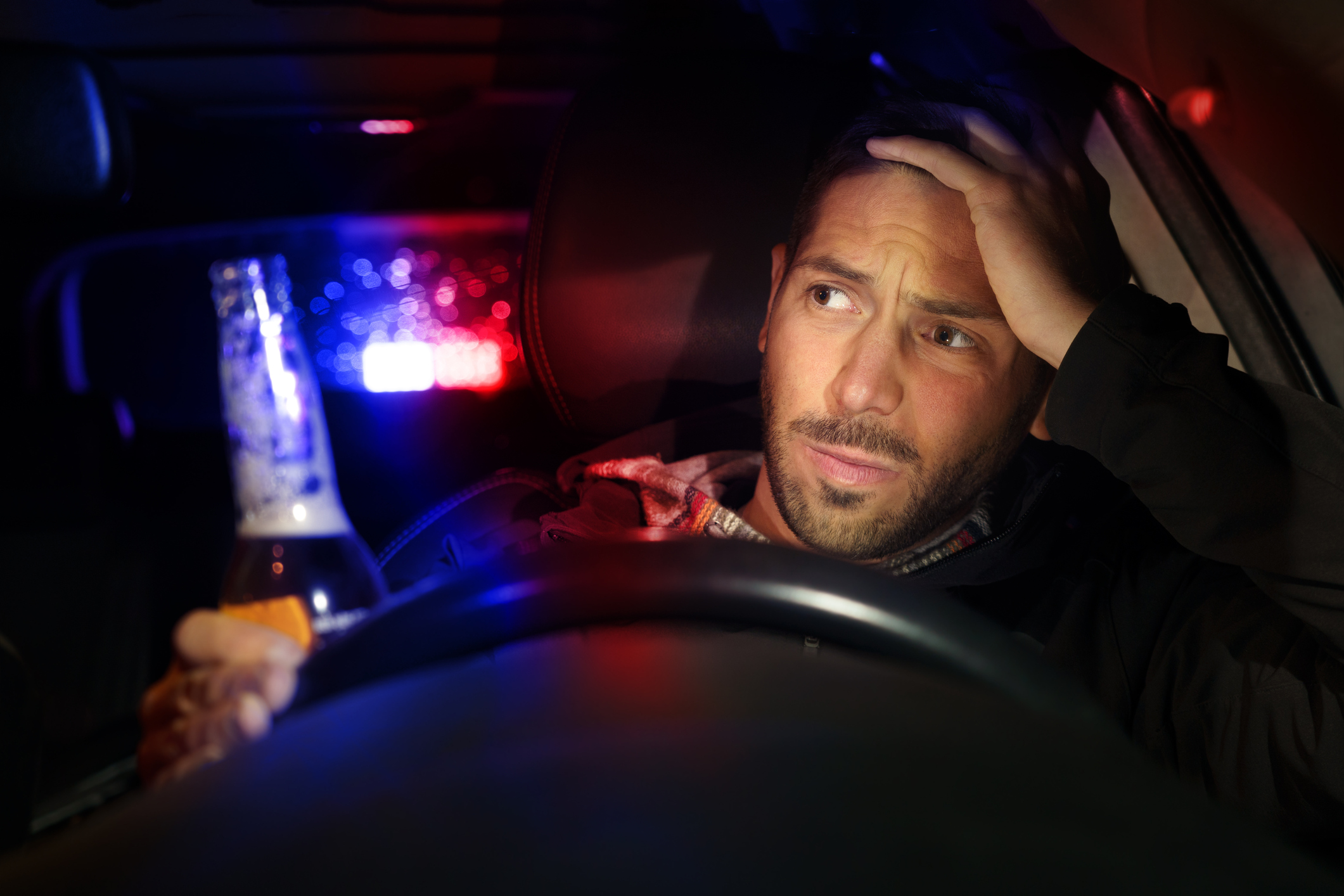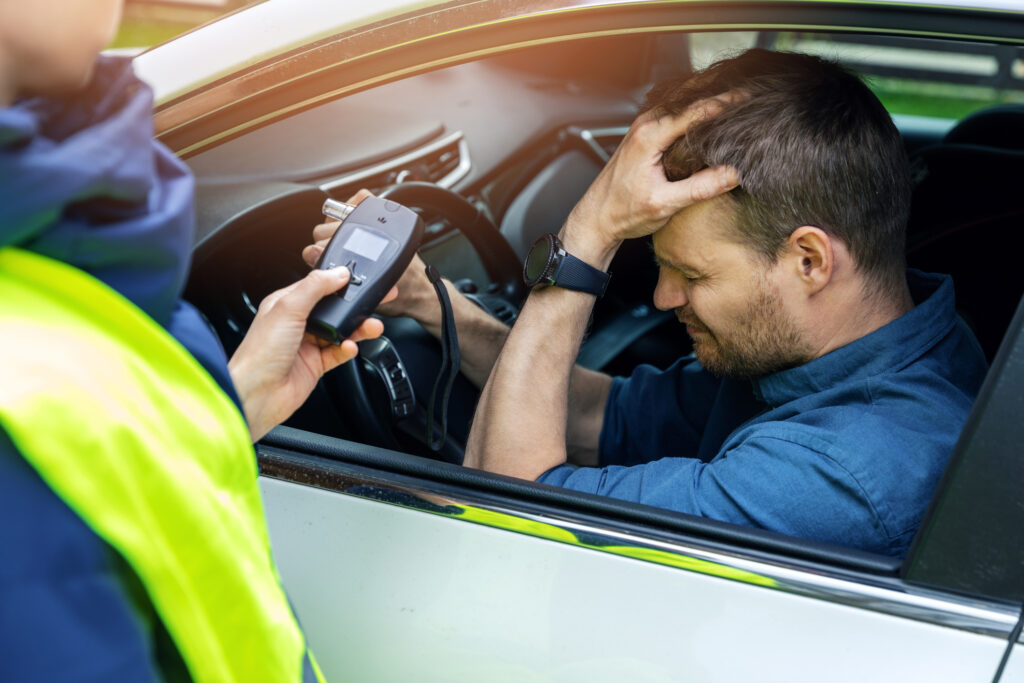- 2 Nov 2025

Encountering reckless driving or suspected intoxicated drivers on the road poses significant risks to everyone’s safety. Knowing the correct and safe method to report such behavior is essential in preventing accidents and protecting lives. This step-by-step guide on how to report reckless driving or suspected intoxicated drivers safely provides clear instructions to help drivers respond responsibly while minimizing personal risk.
Reporting dangerous drivers promptly allows law enforcement to intervene before tragedy occurs. However, it’s crucial to prioritize your own safety by avoiding confrontation or risky maneuvers while attempting to gather information. Understanding the best practices to observe, document, and report suspicious behavior is key to effective and secure reporting.
Recognizing Reckless Driving and Intoxicated Driving
The first step in the step-by-step guide on how to report reckless driving or suspected intoxicated drivers safely is identifying the behaviors that indicate danger. Reckless driving may include excessive speeding, erratic lane changes, tailgating, running red lights, or ignoring traffic signals. Signs of intoxicated driving can involve swerving, delayed reactions, inconsistent speeds, or drifting between lanes.
Awareness of these indicators enables responsible road users to assess situations carefully and determine whether reporting is necessary. Being observant without becoming distracted ensures that accurate and useful information can be relayed to authorities.
How to Safely Observe and Collect Information
Once reckless or impaired driving is suspected, the next step in the step-by-step guide on how to report reckless driving or suspected intoxicated drivers safely is to gather important details without putting yourself or others at risk. Avoid aggressive driving or attempting to follow the vehicle closely.
Maintain a safe distance while noting the vehicle’s make, model, color, and license plate number if possible. Take mental notes of the location, direction of travel, and any distinguishing features of the driver’s behavior or the vehicle. This information is critical for law enforcement to identify and locate the dangerous driver.
When and How to Contact Authorities
Knowing when and how to contact the police or relevant authorities is a vital component of the step-by-step guide on how to report reckless driving or suspected intoxicated drivers safely. If the behavior poses an immediate threat, such as near-miss collisions or driving against traffic, dial emergency services immediately.
For less urgent concerns, use non-emergency police numbers to report. Provide clear, concise information including the vehicle description, license plate number, exact location, direction of travel, and nature of the driving behavior observed. Staying calm and focused when reporting improves the likelihood that authorities will respond effectively.
For more detailed instructions and considerations, consult the How to Report Reckless Driving or Suspected Intoxicated Drivers in Colorado guide to ensure your report is effective and safe.

What to Avoid When Reporting Reckless or Intoxicated Drivers
In following the step-by-step guide on how to report reckless driving or suspected intoxicated drivers safely, it is important to avoid actions that may escalate danger. Do not attempt to pull over or stop the suspected driver yourself. Refrain from engaging with the driver or attempting to signal them.
Avoid distractions such as texting while driving when trying to report. Instead, wait until it is safe to pull over or use a passenger to assist with calling authorities. Prioritizing safety ensures that you do not become a victim or cause further incidents.
How Technology Can Assist in Reporting Dangerous Drivers
Modern smartphones and vehicle technology offer tools that complement the step-by-step guide on how to report reckless driving or suspected intoxicated drivers safely. Some states provide mobile apps to report impaired driving anonymously. Using hands-free devices or voice commands to contact authorities helps maintain focus on driving safely.
Dash cameras may capture footage that can assist law enforcement investigations. If safely accessible, sharing such evidence can provide valuable support to reports but should never compromise driving attention.
The Role of Law Enforcement After a Report
Once a report is made, law enforcement agencies assess the information and attempt to locate the suspected reckless or intoxicated driver. Their response may include traffic stops, sobriety testing, and enforcement actions aimed at preventing accidents.
Understanding this process reassures those reporting that their information contributes to community safety. Following the step-by-step guide on how to report reckless driving or suspected intoxicated drivers safely helps provide accurate reports that lead to effective law enforcement interventions.
Additional Resources for Safe Reporting
For further information on traffic safety and reporting procedures, resources from the National Highway Traffic Safety Administration (NHTSA) offer valuable guidelines. These authoritative sites provide educational materials on identifying impaired driving and reporting unsafe road behavior.
Knowing where to find credible, government-supported information complements the step-by-step guide on how to report reckless driving or suspected intoxicated drivers safely and encourages responsible citizen involvement.
Final Thoughts on Reporting Reckless and Intoxicated Drivers
The safety of everyone on the road depends on vigilant and responsible reporting of reckless and intoxicated drivers. Following a clear step-by-step guide on how to report reckless driving or suspected intoxicated drivers safely empowers drivers to act effectively without compromising their own security.
Providing timely, accurate information to authorities facilitates prompt intervention, reducing risks and potentially saving lives. Prioritizing safe observation and communication is essential to fulfilling this important role.
Recent posts
- 17 Oct 2025
Categories
- Accident & Injury Law (54)
- AI (1)
- Copyright Law (1)
- Criminal & Civil Law (17)
- Disability Law (2)
- Driving Law (2)
- Employment Law (1)
- Estate Planning (2)
- Family & Relationship Law (29)
- Food and Drink (2)
- Gas Exposure (1)
- Health (1)
- Immigration Law (2)
- Injury Claim (1)
- Insurance Law (7)
- Legal (40)
- Lemon Law (4)
- Mediation (3)
- Medical Malpractice (1)
- Property & Business Law (9)
- Severance Agreement (1)
- Travel and Leisure (1)
- Uncategorized (12)
- Worker Compensation (2)

